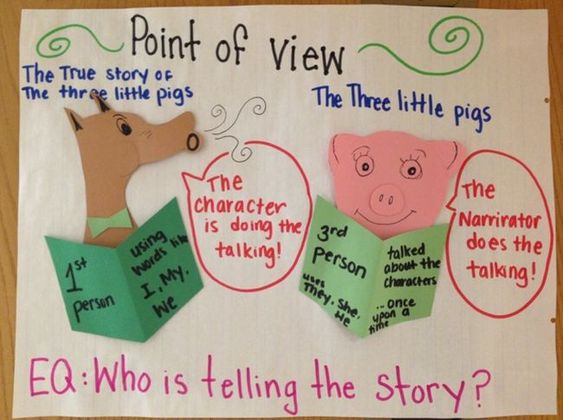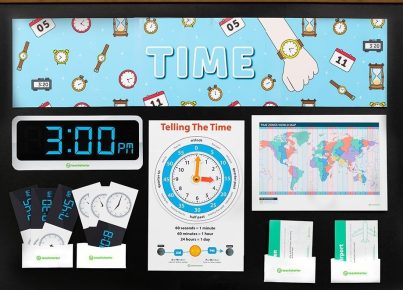Introduction:
Point of view anchor charts are a fundamental teaching tool used by educators in classrooms to improve students’ reading comprehension and writing skills. They help students understand the different perspectives used by authors when narrating stories or presenting arguments. Here are 15 engaging and helpful point of view anchor charts that can enhance your classroom instruction and deepen student understanding.
1. First-Person Point of View
This anchor chart teaches students to identify first-person narration, which uses “I” and “me” pronouns. Provide examples and display the chart while discussing texts that feature this point of view.
2. Second-Person Point of View
Second-person narration is less common but still essential for students to recognize. This chart instructs learners on identifying instances of second-person narration, which uses “you” pronouns.
3. Third-Person Point of View
Third-person narration is divided into several types: limited, objective, and omniscient. This anchor chart demonstrates the differences between these subcategories and guides students in determining third-person point of view examples.
4. Choosing the Right POV
This handy reference chart presents various factors to consider when choosing which point of view is best for a story, such as how much information to reveal, character relationships, and stylistic preferences.
5. Narrator Reliability
A valuable anchor chart for discussing the concept of reliable versus unreliable narrators, helping students to analyze a story’s credibility based on the narrative perspective.
6. Evaluating Perspectives
This interactive anchor chart guides students through evaluating different perspectives within informational texts or arguments, leading to informed opinions or deeper understanding.
7. Comparing Points of View
Students can use this chart as a visual aid to compare multiple points of view in a given text, fostering discussions on differences in storytelling or messaging techniques among authors.
8. Characters’ Points of View
Showcase this chart to teach students about understanding and analyzing characters’ individual perspectives throughout a story, helping identify and empathize with the characters.
9. Tone in Point of View
This anchor chart supports students in recognizing how an author uses tone or mood to shape a narrative and create voice variety within a text.
10. Connecting POV to Theme
An essential resource for understanding the link between point of view and thematic development, this anchor chart encourages students to explore how narrative perspective can reinforce or challenge major themes in reading materials.
11. Analyzing Bias
Anchor charts that teach students how to recognize bias within points of view can encourage critical thinking and empower them to question an author’s intentions.
12. Point of View Shifts
This visual aid highlights the various reasons authors shift points of view within a story, such as offering multiple perspectives or creating suspense, providing helpful examples for students.
13. Charting Points of View
An interactive anchor chart that allows students to track different points of view within a literary work. It helps them understand how authors develop complex characters and narratives through varied perspectives.
14. Visualizing Point of View
This creative anchor chart instructs students on taking abstract ideas from textual elements and creating concrete visual representations that depict various points of view throughout a literary piece.
15. Perspective Writing Prompts
An excellent resource for writing practice, this anchor chart provides engaging prompts related to narrative perspective changes, character analyses, or theme development.
Conclusion:
Utilizing these 15 engaging and helpful point of view anchor charts will lead to deeper student comprehension and more meaningful discussions around reading materials. By supporting learners with these educational tools, educators can foster both analytical and empathetic thinking skills that will serve students well beyond the classroom setting.





